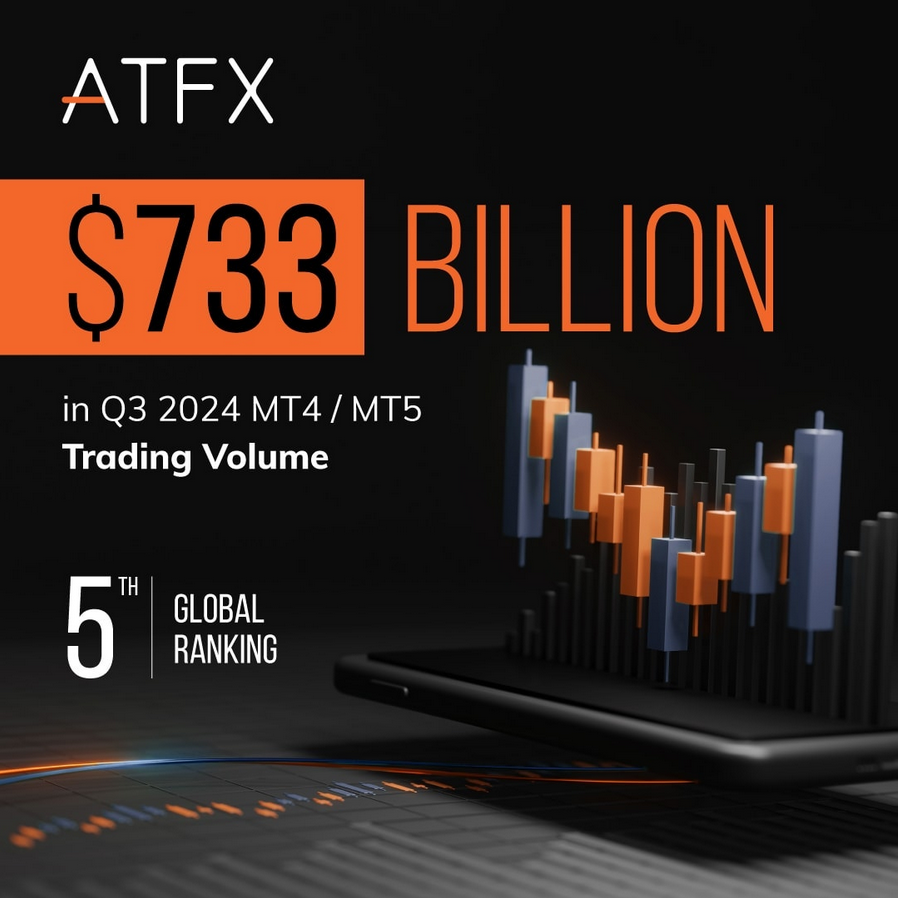The euro remains range-bound as markets await fresh cues from the ECB, while the pound holds steady with limited upside amid cautious BoE expectations. The yen gains ground supported by shifting monetary signals and renewed interest from a Japan–US trade agreement. The Australian dollar strengthens on improving risk sentiment and upbeat domestic momentum. Meanwhile, gold maintains its upward trajectory, lifted by geopolitical uncertainty, soft US data, and investor demand for safe-haven assets. Traders watch upcoming US reports for guidance, but overall, sentiment favors selective currency gains and continued gold resilience amid fragile risk dynamics.
🇪🇺/🇺🇸 EUR/USD Outlook – Euro vs U.S. Dollar
Market Analysis:
- The euro tested 1.1749 but failed to extend gains due to limited Eurozone data and broad USD strength.
- The price movement appears to be a corrective phase, not a full reversal.
- Market participants await Thursday’s ECB meeting, where no rate change is expected, but forward guidance will be closely watched.
- Risks for the euro include U.S. economic strength and potential trade tensions with the U.S., particularly with looming tariff threats from President Trump.
- The euro is gaining some support from investor caution around U.S. policy, which may prevent sustained dollar strength.
Key Economic Factors:
- ECB’s pause after 8 straight rate cuts – focus now on economic projections and policy tone.
- U.S. housing data and home sales could trigger dollar volatility.
- Trade uncertainty and stronger euro are concerns for EU policymakers.
Forecast:
- The pair may remain supported above 1.1715 if the ECB refrains from dovish messaging.
- Further gains toward 1.1810 likely if U.S. data disappoints or ECB sounds optimistic.
- A break below 1.1657 could signal deeper correction.
Support levels: 1.1714, 1.1657, 1.1615
Resistance levels: 1.1762, 1.1810, 1.1913
🇬🇧/🇺🇸 GBP/USD Outlook – British Pound vs U.S. Dollar
Market Analysis:
- GBP continues to show resilience, buoyed by a recent U.S.-UK trade agreement despite weaker domestic data.
- Lack of UK economic releases has left pound movement dependent on USD factors and external sentiment.
- Traders are cautious due to concerns over potential UK tax hikes and unclear BoE policy direction.
- Net public borrowing exceeded expectations, increasing fiscal risk for the pound if growth slows.
Key Economic Factors:
- U.S. housing data could drive GBP/USD volatility.
- BoE rate expectations remain unclear, keeping pound-sensitive to policy speculation.
- Domestic politics and trade exposure continue to influence GBP sentiment.
Forecast:
- A move above 1.3586 would signal further bullish continuation.
- Short-term corrections possible if USD strengthens or UK fiscal worries intensify.
- A drop below 1.3467 could suggest reversal toward 1.3402.
Support levels: 1.3493, 1.3467, 1.3402
Resistance levels: 1.3533, 1.3586, 1.3645
🇺🇸/🇯🇵 USD/JPY Outlook – U.S. Dollar vs Japanese Yen
Market Analysis:
- Yen strengthened as market responded to the new U.S.–Japan trade deal, which includes major tariffs but also heavy Japanese investment in the U.S.
- Political uncertainty in Japan, including potential PM resignation, supports yen’s safe-haven appeal.
- BoJ is adopting a slightly more hawkish tone, adding strength to the yen.
- U.S. data lacks impact unless significant deviations are observed; risk sentiment and politics dominate.
Key Economic Factors:
- Japanese economic direction now shaped by U.S. trade involvement and internal political shifts.
- Yen’s safe-haven role enhances in times of tariff threats or equity volatility.
- Interest rate differentials remain key, but narrowing due to BoJ policy shift.
Forecast:
- Further yen appreciation toward 145.39 likely if political instability grows or global equities weaken.
- USD/JPY recovery to 147.15+ possible if U.S. yields rebound or geopolitical tensions ease.
- Break below 145.28 may confirm bearish continuation.
Support levels: 146.32, 145.88, 145.28, 144.18
Resistance levels: 147.15, 147.93
🇦🇺/🇺🇸 AUD/USD Outlook – Australian Dollar vs U.S. Dollar
Market Analysis:
- AUD surged to an 8-month high, lifted by strong risk sentiment and optimism from trade developments involving the U.S. and Asia.
- Australia’s currency benefited from the global risk-on rally and rising commodity demand.
- Market pricing reflects belief in sustained RBA hawkishness amid improving domestic outlook.
- Technically supported by golden cross pattern and strong bullish structure.
Key Economic Factors:
- Positive tone on U.S.–Asia trade relations boosting risk currencies like AUD.
- RBA policy viewed as steady or slightly hawkish—supports the Aussie dollar.
- U.S. data still a wild card but less influential than broader risk sentiment currently.
Forecast:
- Breakout above 0.6596 may trigger continuation toward 0.6630 and beyond.
- Pullbacks could find strong support near 0.6522 or the pivot at 0.6542.
- Break below 0.6488 would weaken the bullish outlook significantly.
Support levels: 0.6522, 0.6488
Resistance levels: 0.6576, 0.6596, 0.6630
Pivot level: 0.6542
🌕 Gold (XAU/USD) Outlook – Gold vs U.S. Dollar
Market Analysis:
- Gold has risen above 3430, benefitting from dollar weakness and geopolitical concerns despite positive trade headlines.
- U.S.–Japan trade deal and easing tensions elsewhere reduce safe-haven demand, but uncertainties around Fed policy and tariff deadlines limit downside.
- Political pressure on the Fed and Trump’s ongoing critiques of Jerome Powell keep markets on edge.
- Fears over potential EU-U.S. tariffs have investors hedging with gold despite recent equity gains.
Key Economic Factors:
- Geopolitical tensions (Trump’s tariffs, Fed independence debate) support gold.
- Dovish Fed expectations persist, especially amid growing calls for rate cuts.
- PMI and housing data could affect gold via their impact on the U.S. dollar.
Forecast:
- Gold may extend rally toward 3450–3500 if U.S. data weakens and risk aversion re-emerges.
- Pullbacks to 3400 or 3373 offer potential entry points for buyers.
- A drop below 3345 could invalidate the bullish trend and reintroduce selling pressure.
Support levels: 3400, 3373, 3345, 3320, 3309
Resistance levels: 3439, 3450, 3500
📊 Summary Table: As of July 24, 2025
| Pair | Bias | Key Drivers | Support Levels | Resistance Levels |
|---|---|---|---|---|
| 🇪🇺 EUR/USD | Bullish | ECB pause, U.S. data, EU-U.S. tariffs | 1.1714, 1.1657, 1.1615 | 1.1762, 1.1810, 1.1913 |
| 🇬🇧 GBP/USD | Mildly Bullish | UK fiscal concerns, U.S. housing, BoE tone | 1.3493, 1.3467, 1.3402 | 1.3533, 1.3586, 1.3645 |
| 🇯🇵 USD/JPY | Bearish | BoJ hawkish tilt, Japan politics, U.S. trade | 146.32, 145.88, 145.28 | 147.15, 147.93 |
| 🇦🇺 AUD/USD | Bullish | Risk sentiment, RBA stance, trade optimism | 0.6522, 0.6488 | 0.6576, 0.6596, 0.6630 |
| 🪙 XAU/USD | Bullish | Fed uncertainty, tariffs, risk hedging | 3400, 3373, 3345 | 3439, 3450, 3500 |









